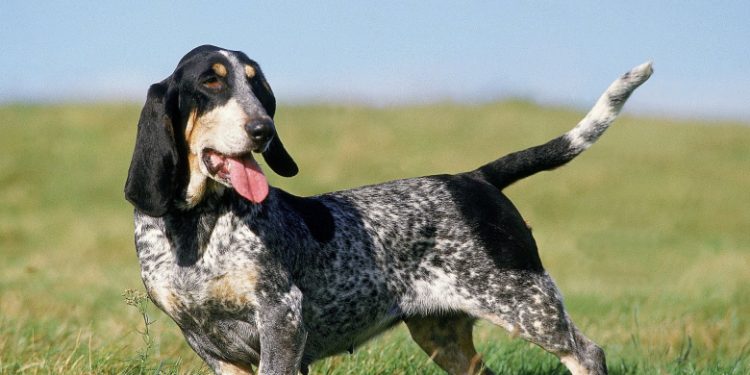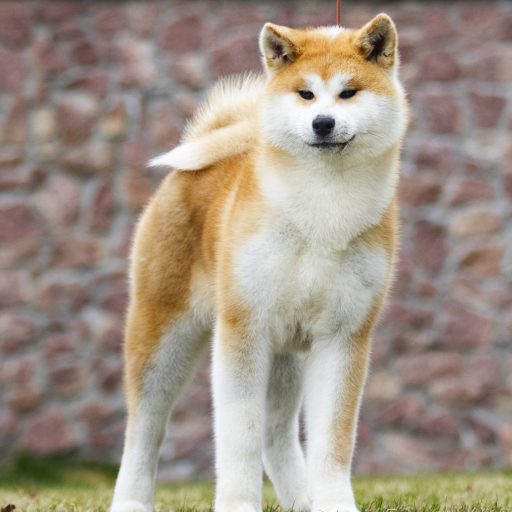The Basset Bleu de Gascogne gives an impression of heaviness when observing it. However, he wants to be quite agile. A hunting dog par excellence, the Bleu de Gascogne has an essential flair. He is eager for large spaces to run and exercise. The perfect traveling companion, he hates loneliness and finds comfort in the presence of his master by his side. Playful, gentle, calm and attentive, he can sometimes use his big voice (this can be disturbing). He is faithful, but also a little stubborn, hence a firm education to be expected. He gets along great with children.
Breed History
Bleu de Gascogne originates from France. We mention dogs with a bluish appearance from the 12th century in the region of Gascony. These were used for hunting wild boar, wolves and also deer. The Bleu de Gascogne comes from crossings of old French dogs, including the Saint-Hubert dog.
Originally from Gascony, it also comes from Béarn, a region in the south of France. Its true origin remains a mystery. Some claim that it is the result of the mix between the Bleus de Gascogne and the Bassets Saintongeois, others think that it is the consequence of a mutation of the Grand Bleu de Gascogne.
Be that as it may, its breed was recognized at the beginning of the 20th century, with its first standard awarded in 1919. The breed, after being discreet, came back in force in the early 1980s. The Fédération Cynologique Internationale recognized it October 30, 1963
Physical peculiarities
His hair: short, quite thick (half-coarse) and well furnished.
Its color: speckled black and white, displaying a slate blue reflection, with or without black spots of varying sizes.
Its head: marked with 2 black spots on each side, covering the ears, eyes and cheeks. The skull appears slightly domed when viewed from the front, with a marked occipital protuberance. The forehead is full, the stop slightly accentuated. The nose is black with well opened nostrils, drooping lips and dry cheeks.
Its ears: attached below the line of the eye, narrow at their base, not very thick, in curls, ending in a point and exceeding the end of the nose.
His eyes: oval, brown in color, displaying a soft, even melancholy gaze.
His body: the back is elongated, the nothing short and well attached, the croup slightly oblique, the chest well developed in length and descending below the elbow and the tense flank.
Its tail: strong at its attachment, carried in the blade of a saber, of good length (end just reaching the ground at rest).
Feed
The Bleu de Gascogne has a predisposition to torsion of the stomach. In any case, it should not be run within 2 hours after a ration. In addition, the Bleu de Gascogne easily gains weight. It is therefore necessary to give him a balanced diet. Not overfeeding it is key. It is recommended to give him high quality kibble for his intestinal transit, but also to provide him with all the needs he requires.












